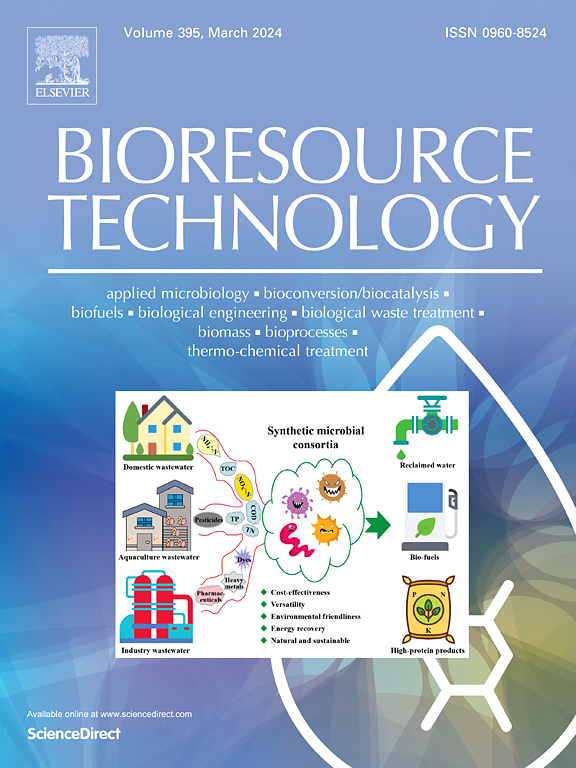Harnessing near-infrared and Raman spectral sensing and artificial intelligence for real-time monitoring and precision control of bioprocess
IF 9.7
1区 环境科学与生态学
Q1 AGRICULTURAL ENGINEERING
引用次数: 0
Abstract
Effective monitoring and control of bioprocesses are critical for industrial biomanufacturing. This study demonstrates the integration of near-infrared and Raman spectroscopy for real-time monitoring and precise control of gentamicin fermentation. The orthogonal method reduced redundant features and improved spectral model performance by 9.2–100.4 % in terms of the coefficient of determination (R2). The combinatorial spectral model outperformed single-source models in external validation (R2 > 0.99). An AI-based platform, combining dual-sensors data collection, ML-based prediction, and automated feeding control, was developed for fully automated fed-batch fermentation. This platform dynamically adjusted feeding rates, maintained low glucose concentrations (5 g/L) with accuracy and coefficient of variation below 2 %, and increased gentamicin C1a concentration (346.5 mg/L) by 33.0 % compared to traditional intermittent feeding. These findings underscore the transformative potential of combinatorial spectroscopy and machine learning for real-time bioprocess monitoring, offering a scalable solution for enhancing industrial fermentation efficiency and product titer.
求助全文
约1分钟内获得全文
求助全文
来源期刊

Bioresource Technology
工程技术-能源与燃料
CiteScore
20.80
自引率
19.30%
发文量
2013
审稿时长
12 days
期刊介绍:
Bioresource Technology publishes original articles, review articles, case studies, and short communications covering the fundamentals, applications, and management of bioresource technology. The journal seeks to advance and disseminate knowledge across various areas related to biomass, biological waste treatment, bioenergy, biotransformations, bioresource systems analysis, and associated conversion or production technologies.
Topics include:
• Biofuels: liquid and gaseous biofuels production, modeling and economics
• Bioprocesses and bioproducts: biocatalysis and fermentations
• Biomass and feedstocks utilization: bioconversion of agro-industrial residues
• Environmental protection: biological waste treatment
• Thermochemical conversion of biomass: combustion, pyrolysis, gasification, catalysis.
 求助内容:
求助内容: 应助结果提醒方式:
应助结果提醒方式:


